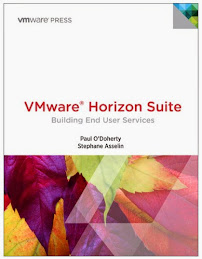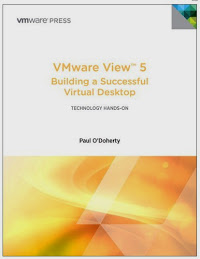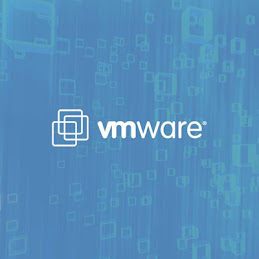Ben explains that it is his first time onstage for VMware, prior to VMware he worked at MIPs technologies were he was a Unix kernel engineer and worked on supercomputers. Ben went on to work at Microsoft and managed server, storage clustering etc. After that Ben managed the security of Microsoft as well as the management of Windows 7 and Hyper-V. Ben left Microsoft and went to CISCO and ran all their protocol teams. At VMware he has been managing vSphere development and now finds himself the CTO. The change to him is that rather than building OSes for servers he is now leading the building of OSes for the datacenter.
There are 3 imperatives for the IT infrastructure:
1) Virtualization needs to extend to ALL of it; including networking and storage
2) IT management needs to give way to automation
3) Compatible hybrid cloud becomes ubiquitous
Two years ago VMware announced the software defined datacenter sending the industry in a new direction. Ben believes that in 2014 SDDC will hit the tipping point. VMware is seeing really strong customer momentum; Symantec, Subaru, Dow Jones is listed among the early adopters of SDDC.
But what does SDDC mean? It is made up of compute, network and storage. Ben mentions that even though 85% of applications are running virtualized their are still some that are not. Compute continues to evolve to reduce latency and additional extensions for Hadoop. Telcos and the Hadoop communities are investing in virtualization to run applications that are have traditionally been physical.
Last year VMware announced NSX the network virtualization platform. NSX is built to run on any hypervisor, run with any application and any cloud providers toolset. VMware believes NSX will revolutionize networkings as vSphere has done for operating systems.
The current challenges to networking is that provisioning is slow, hardware dependent and operationally intensive. NSX takes advantage of virtual switches in hypervisors and creates a flat layer 2 network and programs it. This allows you to set policies that control the network programatically.
In 2012 the number of virtual ports in the datacenter exceeded the physical ports. Ben explains 3 of the top 5 investment banks are deploying NSX as well as the leading global telcos.
Ben switches gears to storage. As you know storage is one of the biggest capex and opex cost in the datacenter. The storage market is in the midst of disruption. Server flash and storage prices are falling. You have an abundance of CPU cycles in servers making new approaches possible.
VMware has been delivering storage innovation for years through vMotion, VAAI, Storage DRS and now vSAN. So what is software defined storage? In the new model there is really three different types of storage; Hypervisor Converged (vSAN), a SAN/NAS pool (traditional storage) and an Object Storage Pool or Cloud Storage.
vSAN is a distributed object store implemented directly in the hypervisor kernel. It allows you to apply policy based management to storage. It is flash accelerated with great performance and lower TCO. Ben says it is also brain dead simple to use, you simply turn it on in vCenter.
Ben explains that they have tested 915k IOPs in a 16 node cluster with less than 10% CPU overhead. VMware had 10,800 participants in there public beta. VMware is ready to release in Q1 with a 16 node configuration. In addition beta participants get 20% off on your first purchase of the product.
Ben moves to opportunities in Hybrid Cloud market. Gartner estimates that the Infrastructure as a Service market was 9 billion in 2013 and will grow to 31 billion in 2017. Ben thinks that the most important thing with a Hybrid Cloud is that it is compatible with the enterprise toolset. Ben explains that on vSphere they have over 120 different types of operating systems as well as enterprise applications which are difficult to run in a public cloud.
The challenges with public cloud is that they are proprietary platforms, do not support enterprise applications and have potential security and compliance issues. VMware's value proposition with their Hybrid Cloud services is that they have the same core components and management tools as the enterprise. In 2014 VMware is going to add Desktop as a Service and Disaster Recovery Services, Database as a Service as well as Mobile Services through AirWatch.
There are really 5 starting points for customers moving to the cloud:
1) Development and testing
2) Prepackaged software; i.e. Exchange, SharePoint etc.
3) Disaster Recovery
4) New Applications using services like Cloud Foundry
Ben challenges the crowd to embrace the new reality.
- Posted using BlogPress from my iPad
Subscribe to:
Post Comments (Atom)





No comments:
Post a Comment